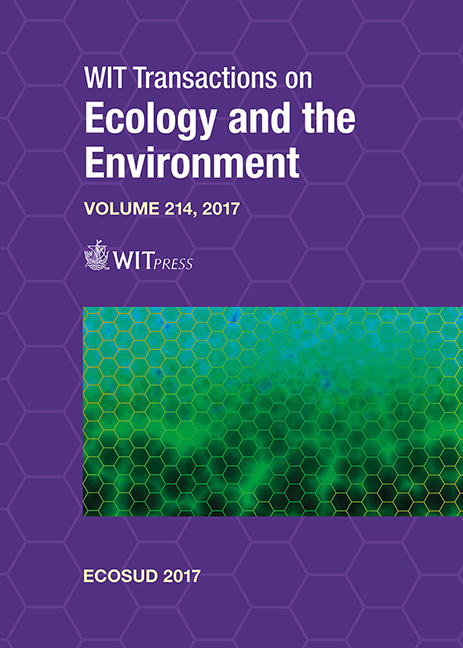MEDICINAL FLORA CONSUMPTION IN PERU
Price
Free (open access)
Transaction
Volume
214
Pages
10
Page Range
173 - 182
Published
2017
Size
618 kb
Paper DOI
10.2495/ECO170181
Copyright
WIT Press
Author(s)
ISABEL MARIA MADALENO
Abstract
The current submission is the sequel of a Latin American project on the issue of medicinal flora growth, trade and consumption that was initiated about two decades ago, in 1997. The aim of the research is threefold: i) to offer information about medicinal plant species from tropical environments; ii) to describe best practices in urban and peri-urban sustainable agriculture and forest management projects; and iii) to improve research about the learning processes and fair use of medicinal flora natural resources. Methodology includes an archival investigation into the areas under scrutiny in early colonization times, so as to compare landscape descriptions from the 16th to the 18th century, as well as the use of plant species as food, fuel and for therapeutic applications, with the surveys conducted in our days. The study is a tale of two cities, field researched with a ten-year interval. The first one is Lima, the capital of Peru, within which 8 million metropolitan agglomerations included the port city of Callao in 2006. The second city is Piura, an urban centre of 1,844,100 inhabitants, explored in 2016. Results show an increase in medicinal flora consumption and trade, top ranking chamomile in both urban samples, a surprising fidelity in ten years and two different cities. As to environmental conservation and sustainable practices, results show that species named by the Inca Garcilaso de la Vega, and Antonio Ulloa in the 16th and 18th centuries are still available; this gives us hope that the trend of exploitation is sustainable.
Keywords
sustainable, conservation, medicinal, flora, tropical, Peru, Inca





